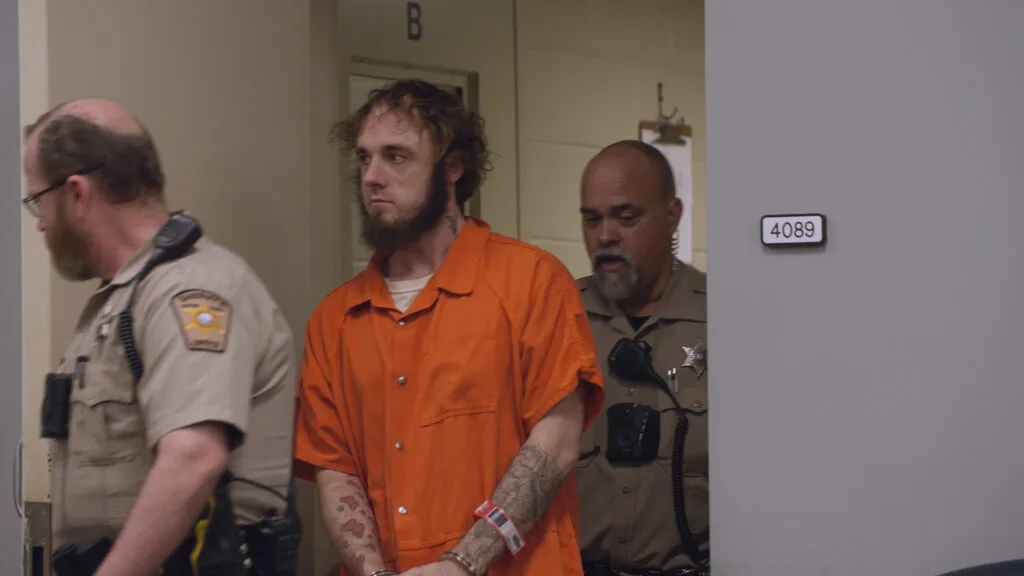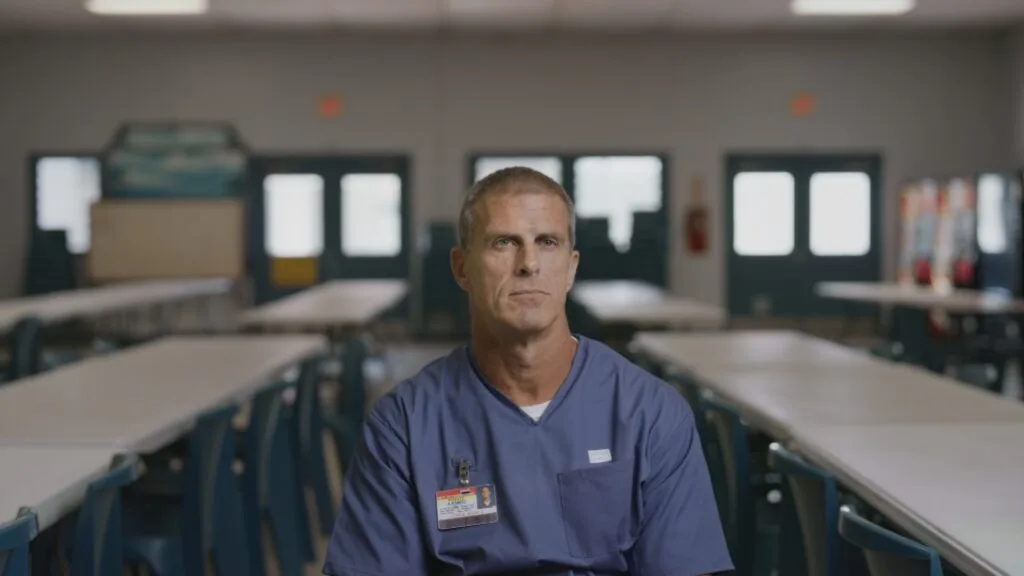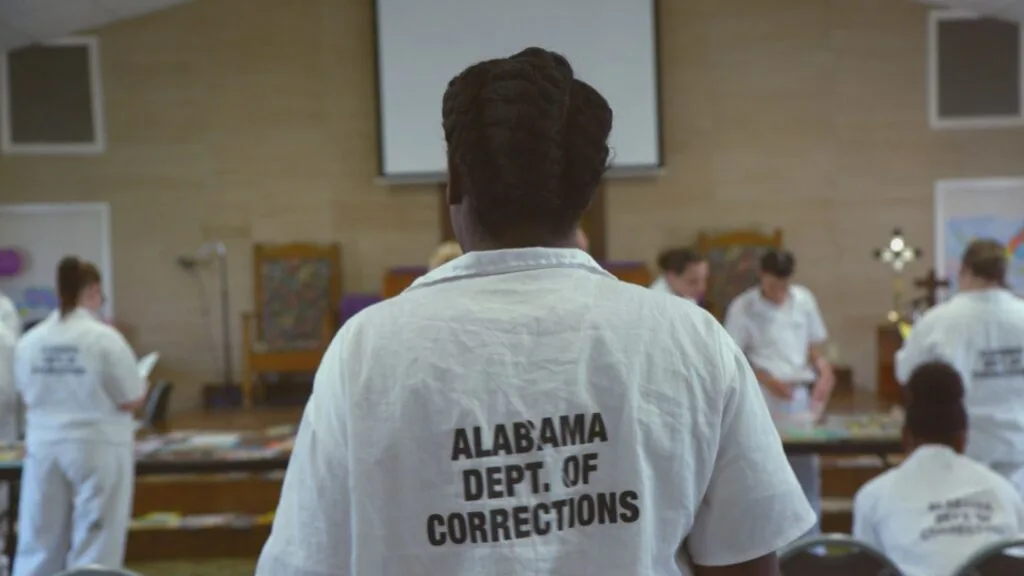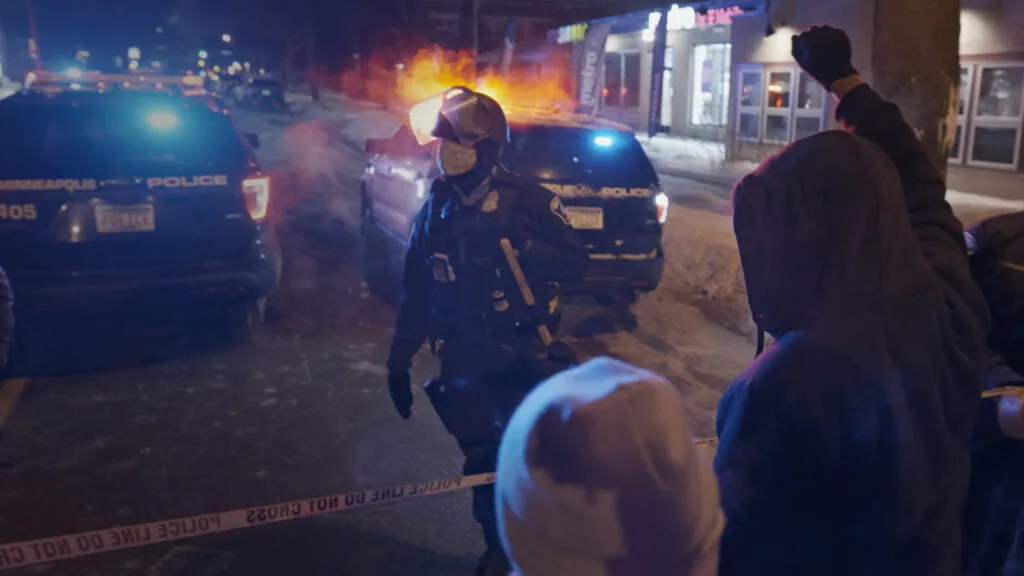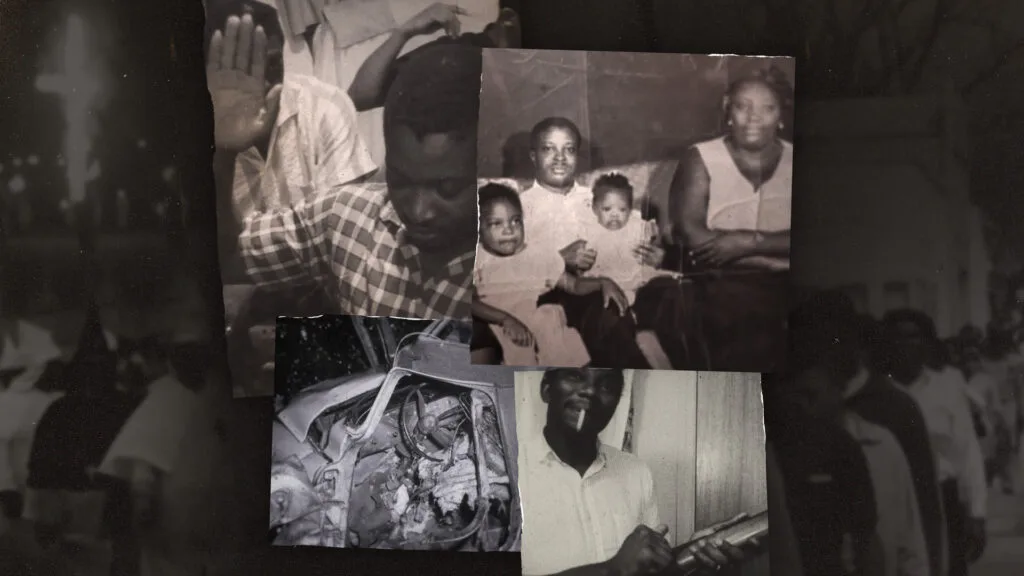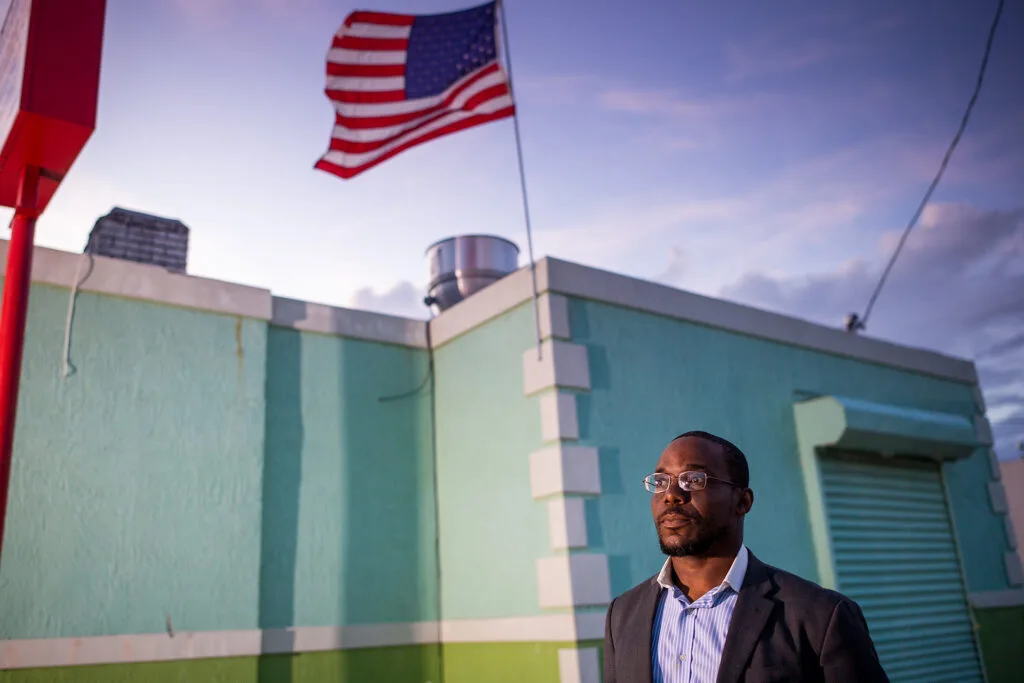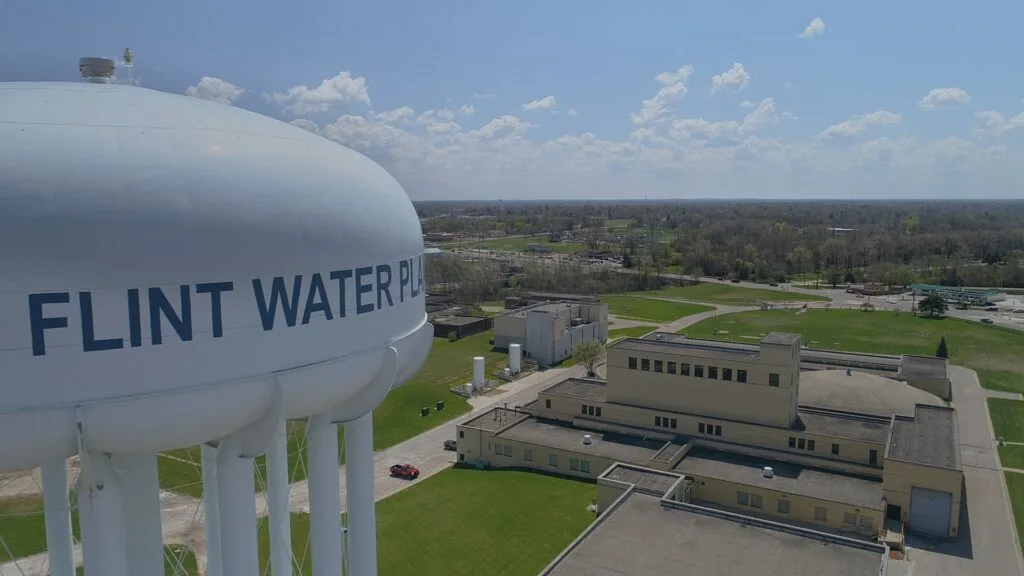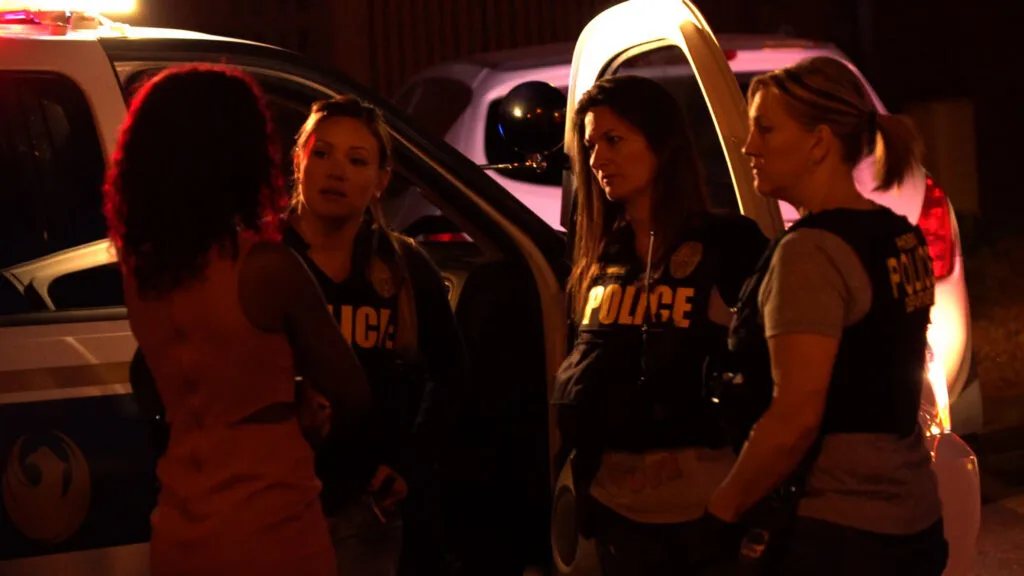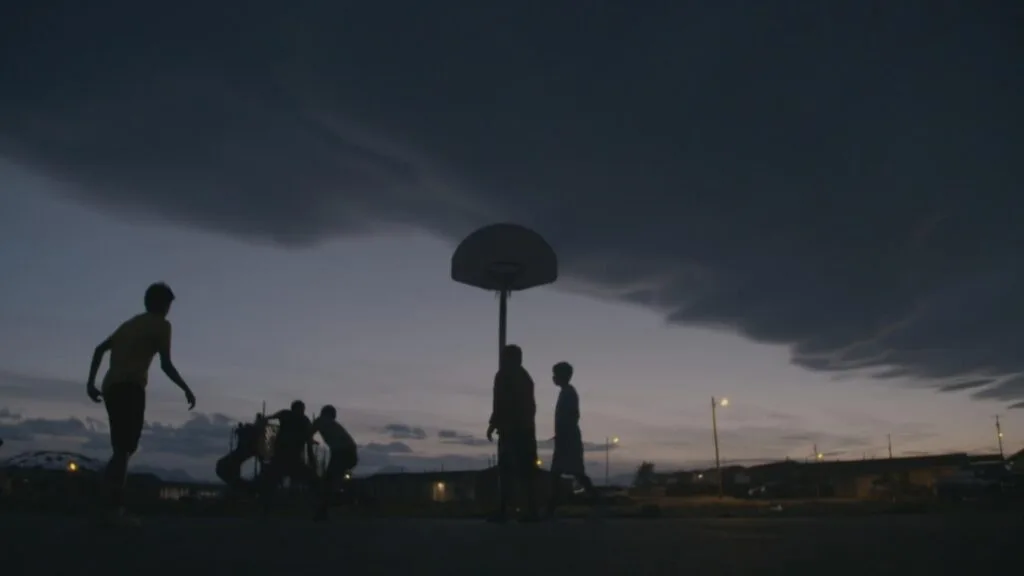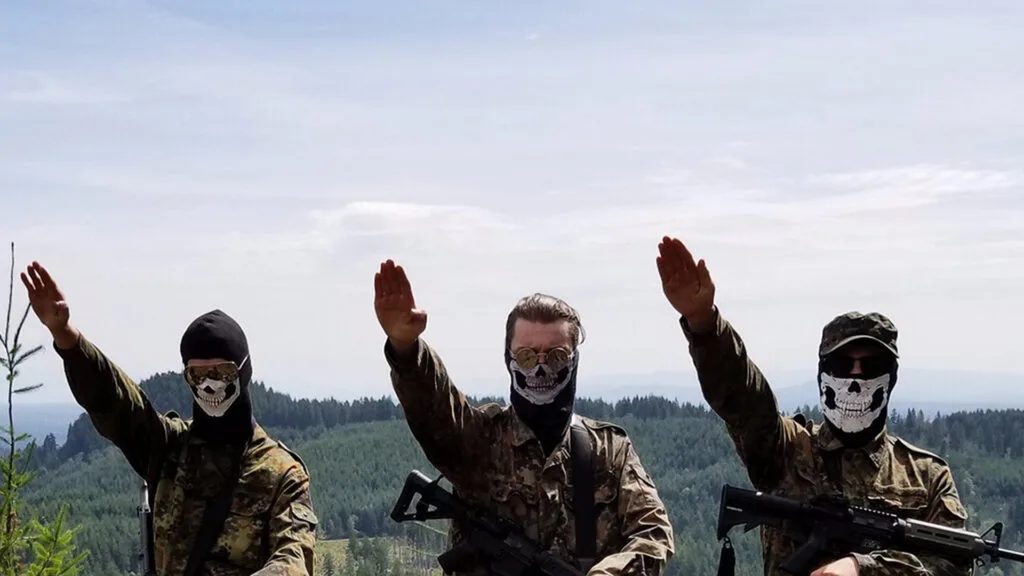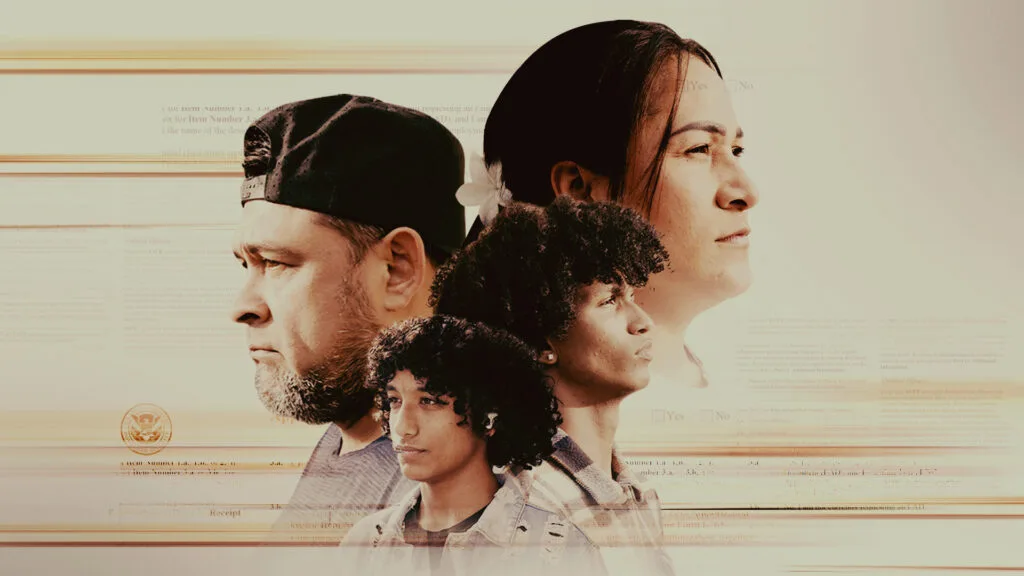What Will A Reformed NOPD Look Like?
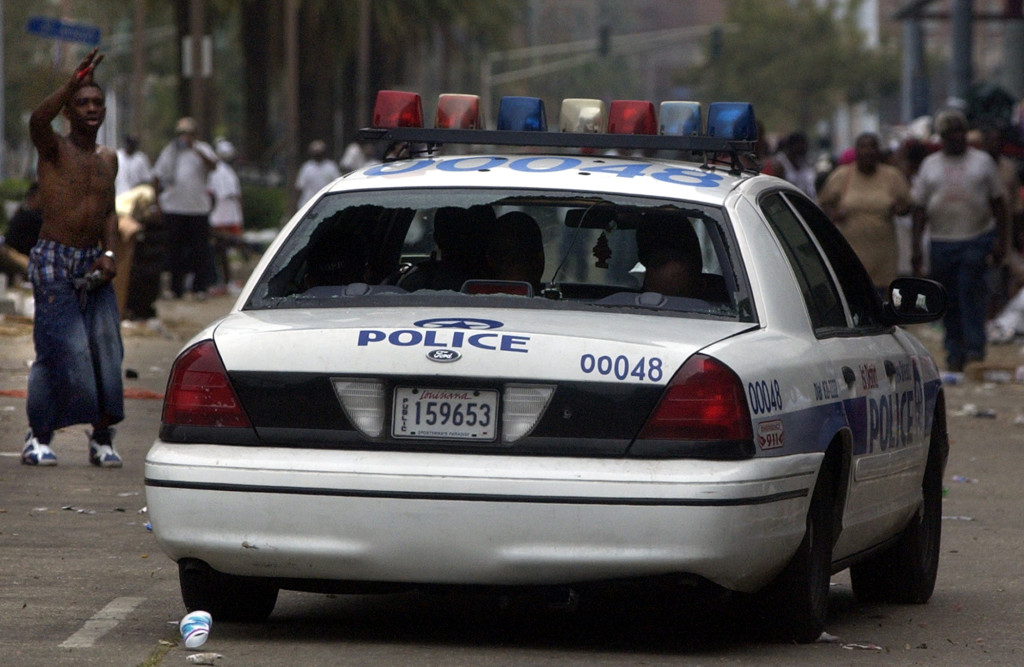
October 17, 2011
Share
This weekend, the New Orleans Times-Picayune examined what’s at stake for local and federal officials hammering out the consent decree that will reform the long-troubled police department:
It’s a fix imposed on only the most dysfunctional police departments, where rogue cops flourish in part because the systems in place for officers to police themselves are useless or nonexistent. […]
Since the Justice Department released a blistering 115-page assessment of the NOPD in March, officials have remained tight-lipped about what the consent decree will look like.
This much is known: The order will be strict. Oversight may last a decade, which would make it one of the longest mandates of its kind. And an independent monitor will oversee the reforms, as will a federal judge who can impose penalties if the department fails to reach benchmarks.
Times-Pic reporters Brendan McCarthy and Laura Maggi also visited three cities recently under consent decrees to find out change played out:
• In 1997, Pittsburgh was the first U.S. city to enter into a federal consent decree — an honor many at the time believed should have gone to New Orleans. The agreement expired in 2002, and while many observers saw improvements — including significantly better tracking of officer misconduct and use-of-force allegations — others worry about a backslide. In January 2010, an African American high school honors student named Jordan Miles was beaten by plainclothes police who say he tried to run away from them. No charges were filed, but photographs of Miles’ battered face led to an outcry that resulted in the passage last week of a new transparency law that will require the department to track and release more information about police encounters with civilians.
• Los Angeles police officers referred to their city’s agreement as “a pain in the ass,” “arduous” and “onerous,” but the department has undoubtedly been transformed, with steadily decreasing crime rates, a drop in excessive force complaints and increased public satisfaction. “It hurt our egos to think we needed federal oversight,” said Police Chief Charlie Beck. “But we are better off today.”
• In addition to a consent decree, the Cincinnati Police Department negotiated a unique “collaborative agreement” with community leaders which observers say has led to an improved relationship with the city’s African American community. Cincinnati’s police officers employ what’s known as “problem-oriented policing,” where in addition to fighting crime, they try to identify its underlying causes. Police and community members also work together to develop innovative strategies, such as blasting classical music outside of a convenience store to deter drug dealers from loitering outside.
For the past year and a half we’ve been reporting on questionable police shootings in New Orleans in the wake of Hurricane Katrina. This summer, five NOPD officers were convicted for their roles in the shooting of six unarmed civilians on the Danziger Bridge and covering up the crime. Two of the civilians died in the shootings and four were gravely wounded. An additional five officers have pleaded guilty in the case.
Two other NOPD officers have been sentenced to at least 17 years in prison for their roles in shooting Henry Glover and then burning a parked car containing his body.
But it’s not just New Orleans: A record 17 police departments nationwide are currently under investigation by the Justice Department’s Civil Rights division.
Related Documentaries
Latest Documentaries
Related Stories
Related Stories
Policies
Teacher Center
Funding for FRONTLINE is provided through the support of PBS viewers and by the Corporation for Public Broadcasting. Additional funding is provided by the Abrams Foundation; Park Foundation; the John D. and Catherine T. MacArthur Foundation; and the FRONTLINE Journalism Fund with major support from Jon and Jo Ann Hagler on behalf of the Jon L. Hagler Foundation, and additional support from Koo and Patricia Yuen. FRONTLINE is a registered trademark of WGBH Educational Foundation. Web Site Copyright ©1995-2025 WGBH Educational Foundation. PBS is a 501(c)(3) not-for-profit organization.

